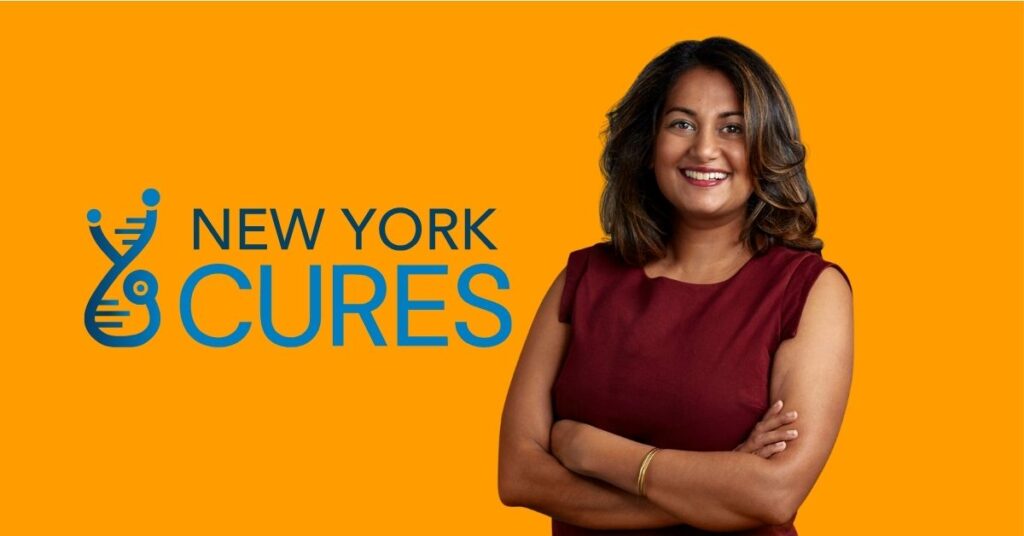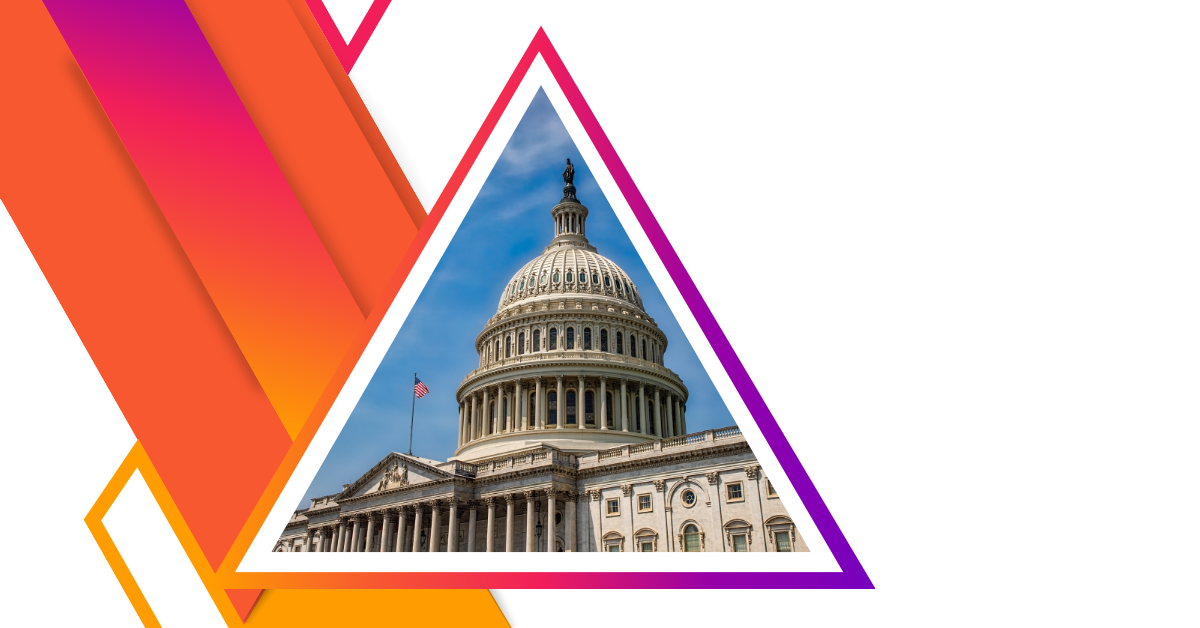
A group of immunologists in New York state has formed NY-CURES, the New York Coalition for Unified Research and Education in Science, to advocate for major state investment in biomedical research. They hope to establish a research institute open to all New York state institutes and universities.
The coalition is campaigning for state investment on the scale of other states’ successful initiatives like CIRM (California Institute for Regenerative Medicine) and CPRIT (Cancer Prevention and Research Institute of Texas). AAI member Shruti Naik, Ph.D., one of the organizers of the coalition, helped develop a proposal for an Empire Biomedical Research Institute (EBRI) with a $500 million seed funding plan and a $6 billion bond to fund research, shared technology centers, training programs, and other collaborative initiatives.
Dr. Naik is an associate professor in Immunology and Dermatology and the Director of the Tissue Repair Program at the Icahn School of Medicine at Mt. Sinai. She is also a member of the AAI Committee on the Status of Women.
We spoke with Dr. Naik about why this sort of program is needed and how other states can follow suit.
AAI: What prompted you, personally, to get involved in this project?
NAIK: For the first time in eight decades, the partnership between government and universities began to veer off course. I had expected an urgent response, a master plan, an inspiring campaign to mobilize scientists. Instead, one truth became impossible to ignore: no superhero is coming to save science.
We must organize, speak out, educate our communities, and fight for the future of research. While national attention centers on the NIH, funded through congressional mandate, state governments remain a powerful yet underused source of research support. States that invest in biomedical science, such as California and Texas, gain jobs, innovation, and improved health. Securing state funding for biomedical research in New York, to buffer against federal volatility, became my mission.
If we want science to endure and serve the public good, we cannot stay behind the bench. We must leave the lab and take our place in the work of representative democracy.
AAI: In a state like New York with such a robust research infrastructure, why is a program like NY-CURES necessary today?
NAIK: Few people realize that state lawmakers write budgets each year that can stabilize or destabilize the entire research ecosystem. New York’s research ecosystem is world-class, but it is running on a fragile funding model. We depend on federal grants and short-term philanthropy while competing with states like Texas that have already built strong, dedicated state research institutes.
AAI: What would the proposed Empire Biomedical Research Institute provide that current universities and institutions cannot?
NAIK: EBRI is essential. Universities and hospitals cannot, on their own, close the growing gaps in federal support. If we believe research is a public good, then we must secure long-term, stable government funding for science.
EBRI is the funding tool. NY-CURES exists to build the constituency that makes this possible. The constituency is the engine, engaging lawmakers and pressing—loudly and persistently—for the investment New Yorkers need and deserve.
AAI: What issue regarding how biomedical research works should the general public understand better?
NAIK: A few years ago, I stood in Times Square asking people a simple question: “Where do your medicines come from?” Most had never really thought about it. After some prodding, the top three answers were China, plants, and CVS. Out of dozens of surveys, only one person said, “big pharma,” and just one mentioned “science labs.”
As immunologists, we know that nearly all modern medicines originate in publicly funded research labs. Yet, for most people, the connection between biomedical research and the contents of their medicine cabinet is invisible. There are three core messages we need to communicate outside the lab:
- Medicines take decades to discover and develop.
- Breakthrough therapies depend on steady, long-term, public investment in basic science.
- Funding science is an investment in people, jobs, and America’s future.
AAI: How can scientists in other states use NY-CURES as a model?
NAIK: NY-CURES is not meant to be a one-off initiative. It is a template. The core idea is simple: build a scientific constituency, pair it with institutional buy-in and partnership, and anchor it in a concrete state-level proposal. A few key elements that are portable to any state:
Connect with your institutional leadership and government affairs office. Understand the priorities of your institution and its leadership, and frame your vision for action in that context. Connect with like-minded colleagues at other institutions in your state and encourage them to engage their own leadership. These parallel conversations are essential for broader buy-in and consensus building among institutions.
Work with existing organizations that build consensus. In New York, AMSNY [Associated Medical Schools of New York] brings medical schools together and was very responsive to our goals of securing state funding for science. In another state, it might be a university system, a hospital association, or a life sciences coalition. Partnering with these entities helps shift the focus from “my lab’s problem” to “our statewide strategy.”
Develop a proposal with the field, not just for the field. NY-CURES faculty helped shape the institute concept as part of a AMSNY working group, so that it reflects real scientific and workforce needs. That process builds legitimacy and makes it easier for institutions to align behind a shared plan.
Center collective action, not individual heroics. The goal is not to find one charismatic spokesperson. It is to build a visible, durable community that can show up year after year, testify, meet with legislators, and hold the system accountable.
If scientists in other states take anything from NY-CURES, I hope it is this: now is the time to organize and build a constituency for science. When you work with your institutions and professional associations to build consensus, you exercise your own agency. The ongoing risis becomes not just something that happens to you, but a challenge you actively help to solve. Our model is portable. From Maine to Washington, I hope every state creates its own version of “CURES” and speaks out forcefully for science.




